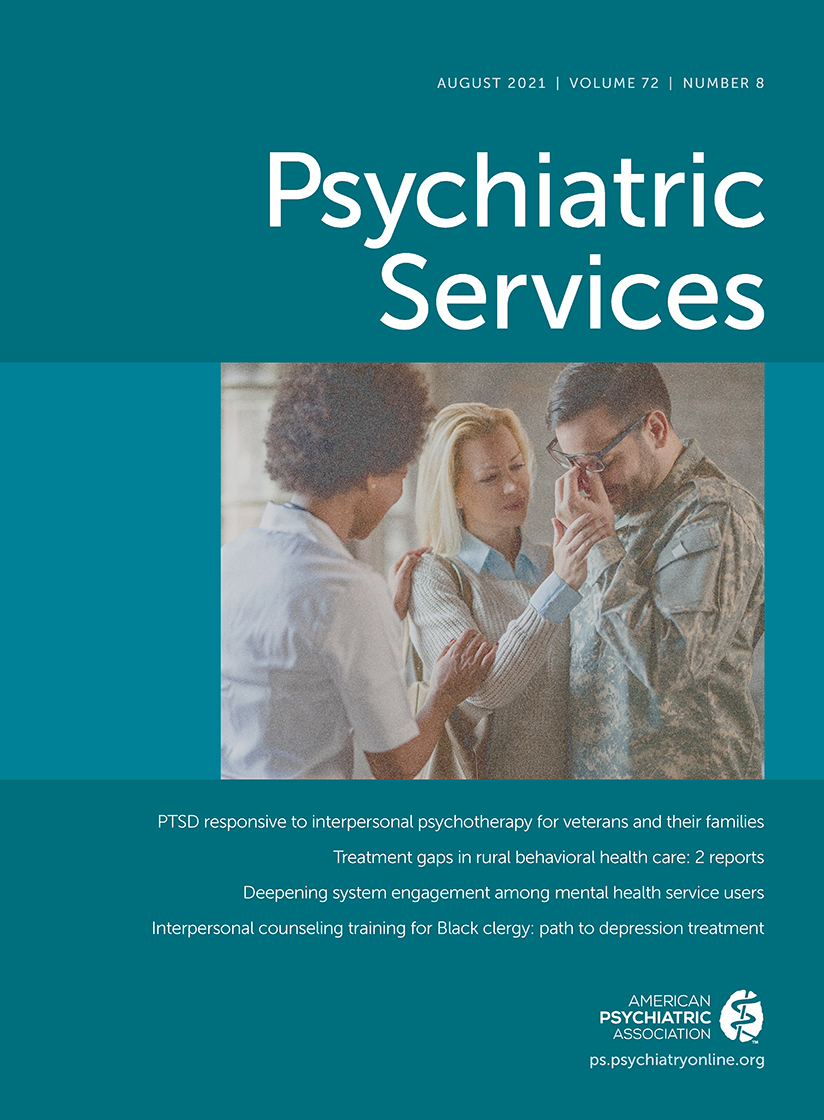Rural-Urban Differences in Physician Bias Toward Patients With Opioid Use Disorder
Abstract
Objective:
Effective treatments for opioid use disorder exist, but rural areas of the United States have a shortage of services offering such treatments. Physician bias toward patients with opioid use disorder can also limit care access, but no studies have assessed whether physician bias is a more acute barrier in rural compared with urban communities.
Methods:
In total, 408 board-certified physicians in Ohio, a state with a high rate of opioid overdoses, completed an online survey examining perspectives on clinical care for patients who misuse opioids. Respondents with missing county-level data were excluded, leaving a total sample of 274. The authors used t tests to determine rural-urban differences in bias, key predictors of bias, and availability of opioid services. Multivariable regression modeling was used to estimate rural-urban differences in bias independent of key bias predictors.
Results:
Physicians in rural areas (N=37) reported higher levels of bias toward patients with opioid use disorder than did their urban counterparts (N=237). This difference remained statistically significant even after accounting for known bias predictors and physician specialty. Physicians specializing in addiction medicine reported lower bias than did physicians not working in this specialty.
Conclusions:
Given existing disparities in harm reduction and addiction treatment services in rural areas, increased physician bias in counties lacking these services suggests that rural patients with opioid use disorder face numerous challenges to finding effective treatment. Bias reduction interventions should target health care professionals in rural communities where such efforts may have the most pronounced impact on improving health care access.



